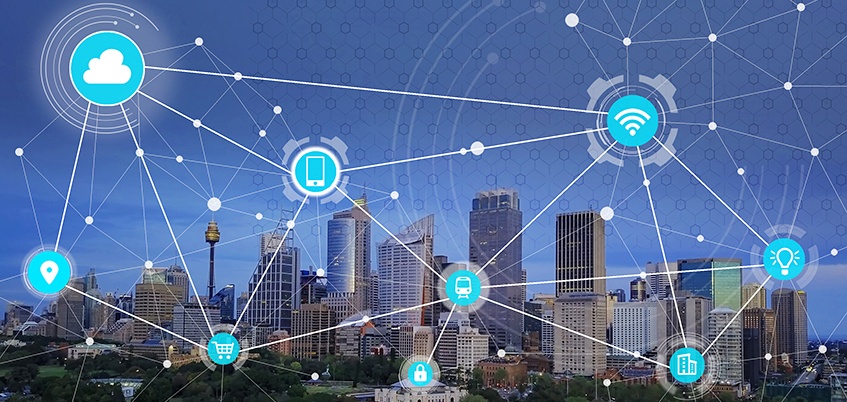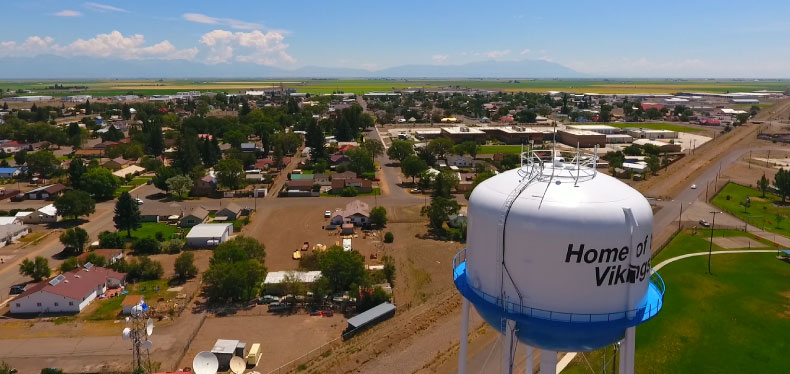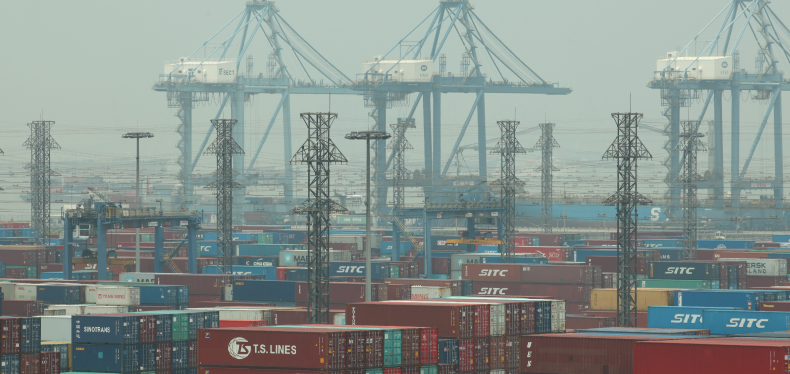
Over the years we have witnessed great progress as governmental authorities and their leaders aspire to establish a safe environment that will positively impact economic growth and make their city a preferred hub for tourists, investors and residents.
Advanced technologies and surveillance systems are strongly impacting safe city projects and are being adopted by municipalities worldwide. Extensive citywide networks incorporating High-Definition IP-cameras and other surveillance equipment (e.g., panic buttons, Wi-Fi access points, gunshot sensors) enable real-time monitoring and policing of public areas and city traffic. This equipment is further integrated with innovative video analytic systems (e.g., deep learning-based software) to automate video monitoring processes and support valuable applications such as face recognition, suspicious object detection and vehicle classification, ensuring that security and safety efforts are more proactive, efficient and precise.
Safe city initiatives are extremely important–especially in large metropolitan areas–but they constitute only a single element of a comprehensive smart city solution. The goal of forming smarter cities goes beyond enhancing safety; it is driven by the necessity to efficiently manage city assets, enhance the quality of life and improve sustainability. In a smart city, everything should be measured, monitored and optimized from air pollution level to parking spaces, from street light power consumption to the amount of waste produced by citizens.
To collect data from city assets and better manage resources, a massive network of ‘Internet of Things’ (IoT) including sensors, actuators and other smart devices such as smart cameras, are required. However, contrary to bandwidth demanding applications (e.g., video surveillance), IoT sensors usually transmit small amounts of data, consume low power, and connect using different protocols over various network topologies.
This mix of applications, technologies and networks are creating substantial challenges for smart city integrators who are obliged to deal with multiple power requirements, various connectivity types and IT architectures and a variety of devices and applications as well as the operational aspects (e.g., installation and maintenance).
To help address the complexities facing smart city integrators and to ensure a smooth transition from safe city to smart city mode, RADWIN has introduced an integrated, managed and outdoor ‘Smart-Node’ solution.
The Smart-Node is an all-in-one power and communications solution for smart cities. It provides exceptional flexibility due to its wide array of power and communication options for various devices: from IoT gateways for narrowband IoT applications (e.g., smart lighting, smart metering) to bandwidth demanding applications (e.g., HD CCTV streaming, Wi-Fi access points). Smart-Node comes ready-to-install and includes a unified management system for remote management and control.
Smart-Node helps cities get smarter for any size deployment, any application and at any speed.
For more information, download our SMART-NODE and SMART CITY brochures today!

 Back
Back


